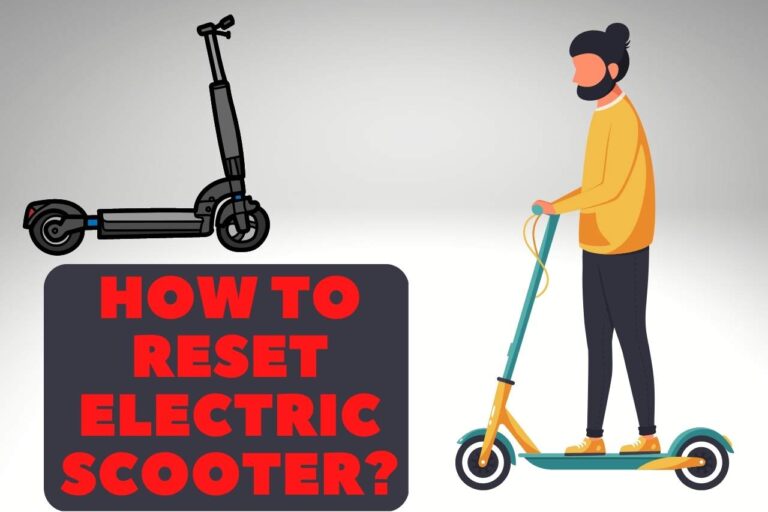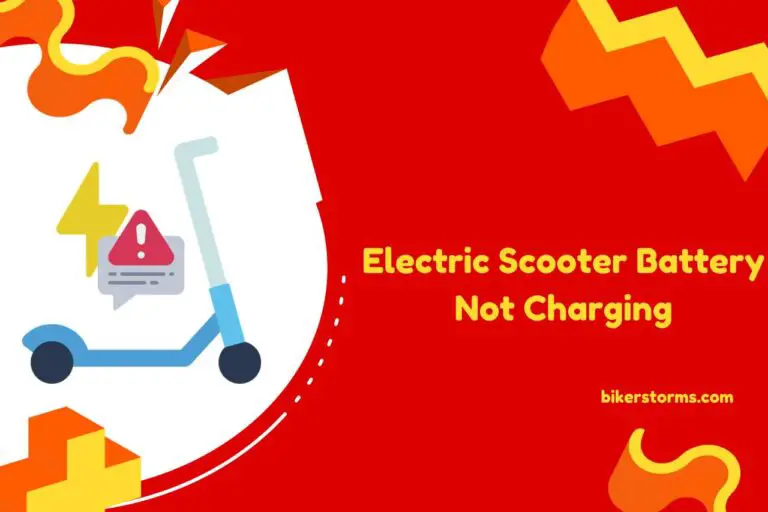Can You Overcharge An Electric Bike Battery?
Overcharging is a popular topic everyone discusses when it comes to e-bike charging. Actually, is it possible to overcharge an electric bike? Does overcharging harm your e-bike?
In this piece, we will be sharing with you some important details regarding ebike overcharging. If you own an e-bike, it is a must to be aware of the correct charging techniques and timing to prolong the battery life and keep the optimal performance of your bike. Thus, make sure to stay with us till the end of this discussion!
Can You Overcharge an Electric Bike battery?
Yes, technically, you can overcharge an electric bike (e-bike) battery, especially if the battery and charging system lack proper safeguards. However, overcharging a lithium-ion battery, which is commonly used in ebikes, can lead to reduced battery life, overheating, and, in extreme cases, even fire hazards. Thus, it is not recommended to charge your e-bike’s battery beyond its regular charging time.
However, most modern e-bikes are equipped with a Battery Management System (BMS). This system is designed to prevent overcharging by automatically stopping the charging process once the battery reaches its full capacity.
Therefore, if your e-bike has a BMS and you’re using the correct charger (usually the one provided by the manufacturer or a recommended alternative), there will not be a risk of overcharging.
Nonetheless, it’s always good practice to monitor your charging process and not leave the battery plugged in for an extended period after it’s fully charged, even with these safety mechanisms in place.
What Happens If You Overcharge an E-bike Battery?
If you overcharge e-bike batteries; it can lead to several problems, reducing its life and posing safety risks. Let us explain those potential consequences.
- Overcharging accelerates the degradation of battery cells, resulting in a shorter lifespan. This means more frequent charging and reduced range over time.
- Excessive heat from overcharging can create fire hazards or even trigger thermal runaway, a dangerous reaction within the battery. Even though most ebikes have a Battery Management System (BMS) to prevent overcharging, it’s best not to depend solely on it.
- The battery may not hold as much charge as before.
- You might experience weaker power output.
- This affects the battery’s stability and reliability.
Tips For Charging an Electric Bike’s Battery
So, here is our advice on preventing such damages while you charge the e-bike’s battery.
-
- Avoid Prolonged Charging: Make sure to unplug the battery once it’s fully charged, as indicated by the light on the charger.
- Follow the Manufacturer’s Instructions: Adhere to the charging guidelines provided in your e-bike manual.
- Charge in Appropriate Temperatures: Keep away from extremely hot or cold environments while charging.
- Use the Correct Charger: It is highly recommended to stick to the original charger or a compatible one. Using other methods to charge can cause damage to the battery.
- Consider a Smart Charger: Some advanced chargers automatically shut off when the battery is full.
How Long Can I Charge My Electric Bike?
Generally, you can charge your e-bike for 2 to 6 hours.
The charging time for your e-bike’s battery varies based on battery size, current charge level, type of charger, and environmental factors. Let us explain these.
Battery Capacity
Larger batteries (e.g., 500Wh) generally take longer to charge than smaller ones (e.g., 250Wh), with times ranging from 2 to 6 hours.
Current Charge Level
A partially charged battery will recharge faster than a fully depleted one. For instance, going from 50% to 100% takes less time than going from 0% to 100%.
Type of Charger
Standard chargers have lower amperage, leading to slower charging. In contrast, rapid chargers can significantly speed up the process but may affect battery longevity.
Environmental Factors
Charging in extreme temperatures can slow the process and harm the battery. So, aim for a room-temperature setting.
Safety Tips
-
- Always consult your e-bike’s manual for specific instructions.
- Avoid leaving the bike plugged in after it’s fully charged to prevent overcharging.
- Use the charger provided with your e-bike or a compatible one.






![Do you Need a Motorcycle License to Drive a Slingshot?-[Explained]](https://bikerstorms.com/wp-content/uploads/2023/03/1-768x512.jpg)
